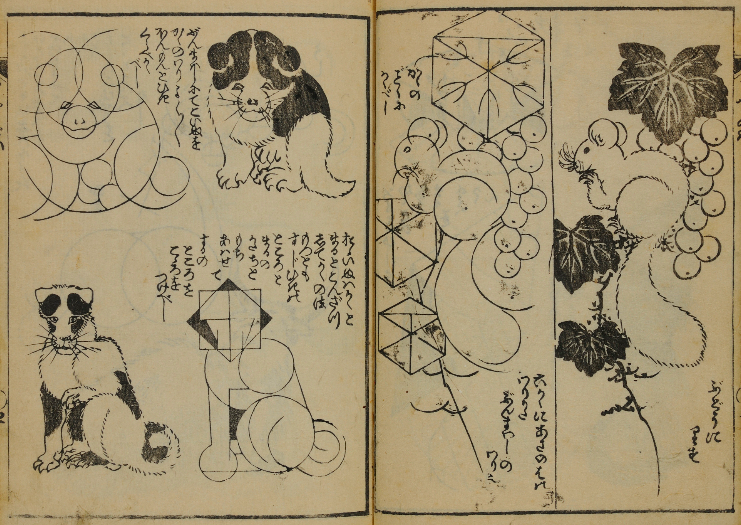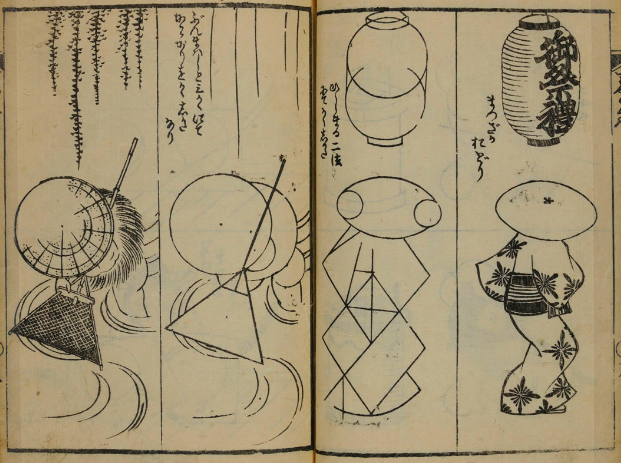“If I gave you a million dollars, would you…?” (insert possibly life-altering risk, humiliation, or soul-selling crime here). What about ten million? 100 million? One BILLION dollars? Put another way, in the terms social scientists use these days, how much money is enough to make you happy?
If you’re Montgomery Burns, it’s at least a billion dollars, lest you be forced to suffer the torments of the Millionaire’s Camp. (“Just kill me now!”) As it tends to do, The Simpsons’ dark humor nails the insatiable greed that seems the scourge of our time, when the richest 1 percent take 82 percent of the world’s wealth, and the poorest 50 percent get nothing at all.
Hypothetical windfalls aside, the question of how much is enough is an urgent one for many people: as in, how much to feed a family, supply life’s necessities, purchase just enough leisure for some small degree of personal fulfilment?
As the misery of Monty Burns demonstrates, we have a sense of the 1% as eternally unfulfilled. He’s the wicked heir to more serious tragic figures like Charles Foster Kane and Jay Gatsby. But satire is one thing, and desire, that linchpin of the economy, is another.
“What we see on TV and what advertisers tell us we need would indicate there is no ceiling when it comes to how much money is needed for happiness,” says Purdue University psychologist Andrew T. Jebb, “but we now see there are some thresholds.” In short: money is a good thing, but there is such a thing as too much of it.
Jebb and his colleagues from Purdue and the University of Virginia addressed questions in their study “Happiness, income satiation and turning points around the world” like, “Does happiness rise indefinitely with income, or is there a point at which higher incomes no longer lead to greater wellbeing?” What they found in data from an international Gallup World Poll survey of over 1.7 million people in 164 countries varies widely across the world.
People in wealthier areas seem to require more income for happiness (or “Subjective Well Being” in the social science terminology). In many parts of the world, higher incomes, “beyond satiation”—a metric that measures how much is enough—“are associated with lower life evaluations.” The authors also note that “a recent study at the country level found a slight but significant decline in life evaluation” among very high earners “in the richest countries.”
You can see the wide variance in happiness worldwide in the “Happiness” study. As Dan Kopf notes at Quartz, these research findings are consistent with those of other researchers of happiness and income, though they go into much more detail. Problems with the methodology of these studies—primarily their reliance on self-reported data—make them vulnerable to several critiques.
But, assuming they demonstrate real quantities, what, on average, do they tell us? “We found that the ideal income point,” averaged out in U.S. dollars, “is $95,000 for [overall life satisfaction],” says Jebb, “and $60,000 to $75,000 for emotional well-being,” a measure of day-to-day happiness. These are, mind you, individual incomes and “would likely be higher for families,” he says.
Peter Dockrill at Science Alert summarizes some other interesting findings: “Globally, it’s cheaper for men to be satisfied with their lives ($90,000) than women ($100,000), and for people of low ($70,000) or moderate education ($85,000) than people with higher education ($115,000).”
Yes, the study, like those before it, shows that after the “satiation point,” happiness decreases, though perhaps not to Monty Burns levels of dissatisfaction. But where does this leave most of us in the new Gilded Age? Given that “satiation” in the U.S. is around $105K, with day-to-day happiness around $85K, the majority of Americans fall well below the happiness line. The median salary for U.S. workers at the end of 2017 was $44, 564, according to the Bureau of Labor Statistics. Managers and professionals averaged $64,220 and service workers around $28,000. (As you might imagine, income inequality diverged sharply along racial lines.)
And while the middle class saw a slight bump in income in the last couple years, median household income was still only $59,039 in 2016. However, we measure it the “middle class… has been declining for four decades,” admits Business Insider—“identifying with the middle class is, in part, a state of mind” rather than a state of debt-to-income ratios. (One study shows that Millennials make 20% less than Baby Boomers did at the same age.) Meanwhile, as wealth increases at the top, “the country’s bottom 20% of earners became worse off.”
This may all sound like bad news for the happiness quotient of the majority, if happiness (or Subjective Well Being) requires a certain amount of material security. Maybe one positive takeaway is that it doesn’t require nearly the amount of vast private wealth that has accumulated in the hands of a very few people. According to this research, significantly redistributing that wealth might actually make the wealthy a little happier, and less Mr. Burns-like, even as it raised happiness standards a great deal for millions of others.
Not only are higher incomes “usually accompanied by higher demands,” as Jebb and his colleagues conclude—on one’s time, and perhaps on one’s conscience—but “additional factors” may also play a role in decreasing happiness as incomes rise, including “an increase in materialistic values, additional material aspirations that may go unfulfilled, increased social comparisons,” etc. The longstanding truism about money not buying love—or fulfillment, meaning, peace of mind, what-have-you—may well just be true.
You can dig further into Andrew T. Jebb’s study here: “Happiness, income satiation and turning points around the world.”
Related Content:
Josh Jones is a writer and musician based in Durham, NC. Follow him at @jdmagness






